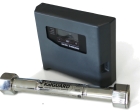Electrolytic scale control

Developments to Sentinel Commercial’s KalGuard electrolytic scale preventer have made it easier to install and operate. The updates include a simplified, intuitive interface on the controller and a 4-line LED display. KalGuard is WRAS approved.
A unit is fitted on a rising main before tank and booster sets to protect the whole system.
Several small changes make a unit easier to install. A wall-mounting template simplifies the correct positioning of drilled holes, and easier access to screw points reduces the chance of dropping and losing screws. A dedicated terminal bay is clearly labelled, and delicate PCB components have been protected from accidental damage caused, for example, by a slipped screwdriver.
Initial set-up is also faster and more straightforward. An optional BMS pulse splitter enables water usage to be monitored by the BMS.
KalGuard is usually specified in areas where water hardness is over 200 ppm. Independent tests at Canfield University have proved its ability to reduce limescale dramatically.
Maintenance requirements are low. The filter needs to be flushed twice a year, and the zinc anode has a life of about 12 years. A 42 mm KalGuard system could represent savings of over £4200 a year compared with a salt-based water softener — giving a return on investment of less than 12 month.
KalGuard is available in eight sizes from 22 to 108 mm.







